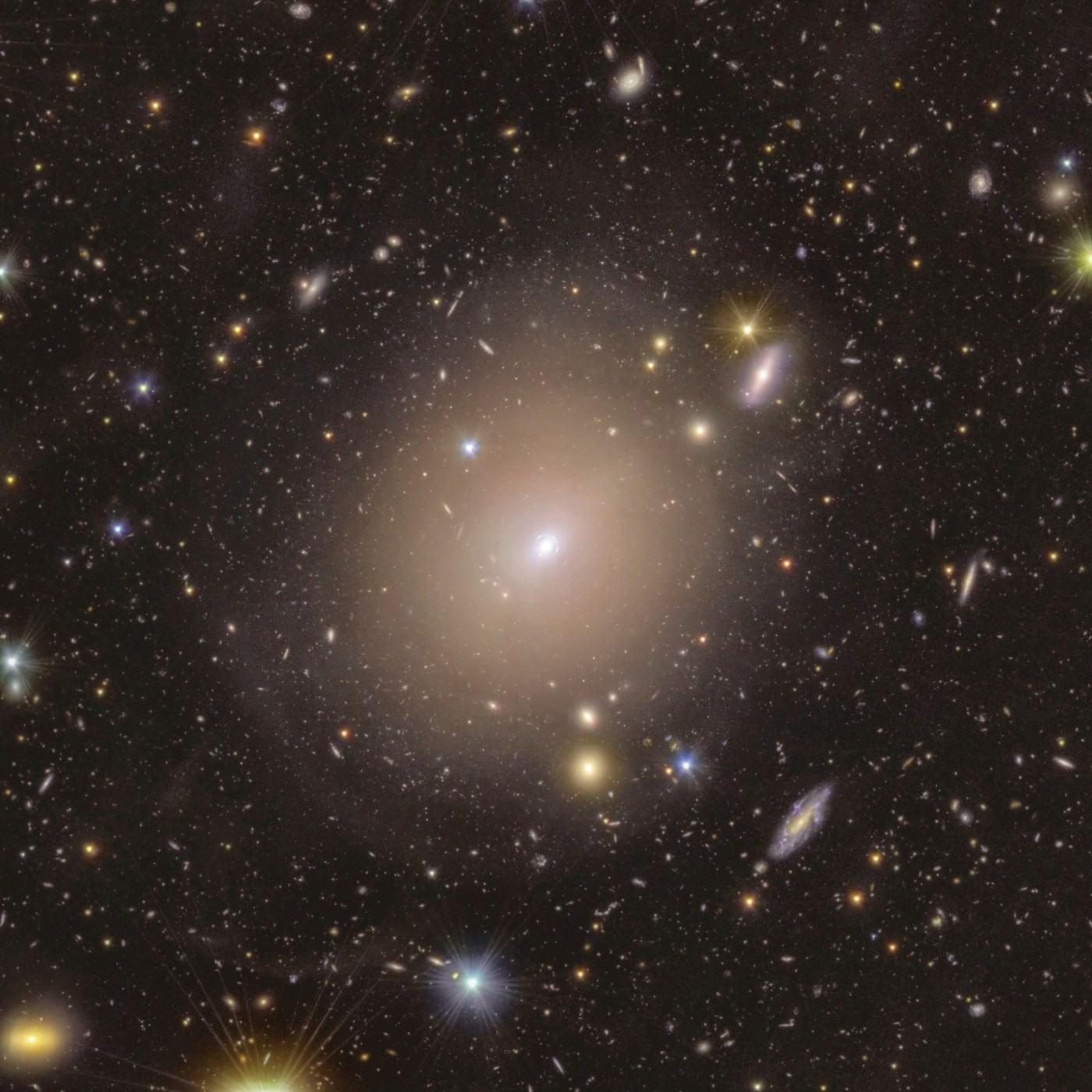
Space telescope spots rare ‘Einstein ring’ of light around galaxy in our cosmic neighborhood
By MARCIA DUNN
CAPE CANAVERAL, Fla. (AP) — Europe’s Euclid space telescope has detected a rare halo of bright light around a nearby galaxy, astronomers reported Monday.
The halo, known as an Einstein ring, encircles a galaxy 590 million light-years away, considered close by cosmic standards. A light-year is 5.8 trillion miles.
Related Articles
Telescopes spy a monster radio jet streaming from a bright and early object in the universe
How an ancient asteroid strike carved out 2 grand canyons on the moon
Stunning conjunction of Venus, crescent moon will be visible Saturday
Newly spotted asteroid has a tiny chance of hitting Earth in 2032
NASA’s 2 stuck astronauts take their first spacewalk together
Astronomers have known about this galaxy for more than a century and so were surprised when Euclid revealed the bright glowing ring, reported in the journal Astronomy and Astrophysics.
An Einstein ring is light from a much more distant galaxy that bends in such a way as to perfectly encircle a closer object, in this case a well-known galaxy in the constellation Draco. The faraway galaxy creating the ring is more than 4 billion light-years away.
Gravity distorted the light from this more distant galaxy, thus the name honoring Albert Einstein. The process is known as gravitational lensing.
This photo provided by the European Space Agency shows a close-up view of the center of the NGC 6505 galaxy, with the bright Einstein ring aligned with it, captured by European Space Agency’s Euclid space telescope. (European Space Agency via AP)
“All strong lenses are special, because they’re so rare, and they’re incredibly useful scientifically. This one is particularly special, because it’s so close to Earth and the alignment makes it very beautiful,” lead author Conor O’Riordan of Germany’s Max Planck Institute for Astrophysics said in a statement.
Euclid rocketed from Florida in 2023. NASA is taking part in its mission to detect dark energy and dark matter in the universe.
The Associated Press Health and Science Department receives support from the Howard Hughes Medical Institute’s Science and Educational Media Group and the Robert Wood Johnson Foundation. The AP is solely responsible for all content.

